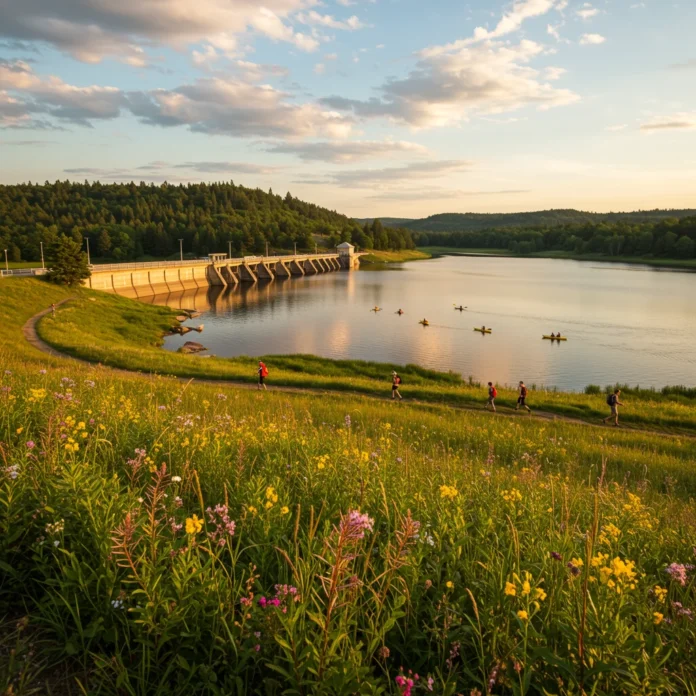Introduction to Wilmore Dam
Nestled in a tranquil corner of Pennsylvania, Wilmore Dam offers an inviting retreat for those who appreciate the subtle beauty of nature. With its serene waters, lush forests, and abundance of wildlife, the dam is a sanctuary for outdoor enthusiasts and families alike. The quiet atmosphere and scenic surroundings create the perfect backdrop for relaxation or adventure, making it an ideal destination for a day trip or a weekend escape.
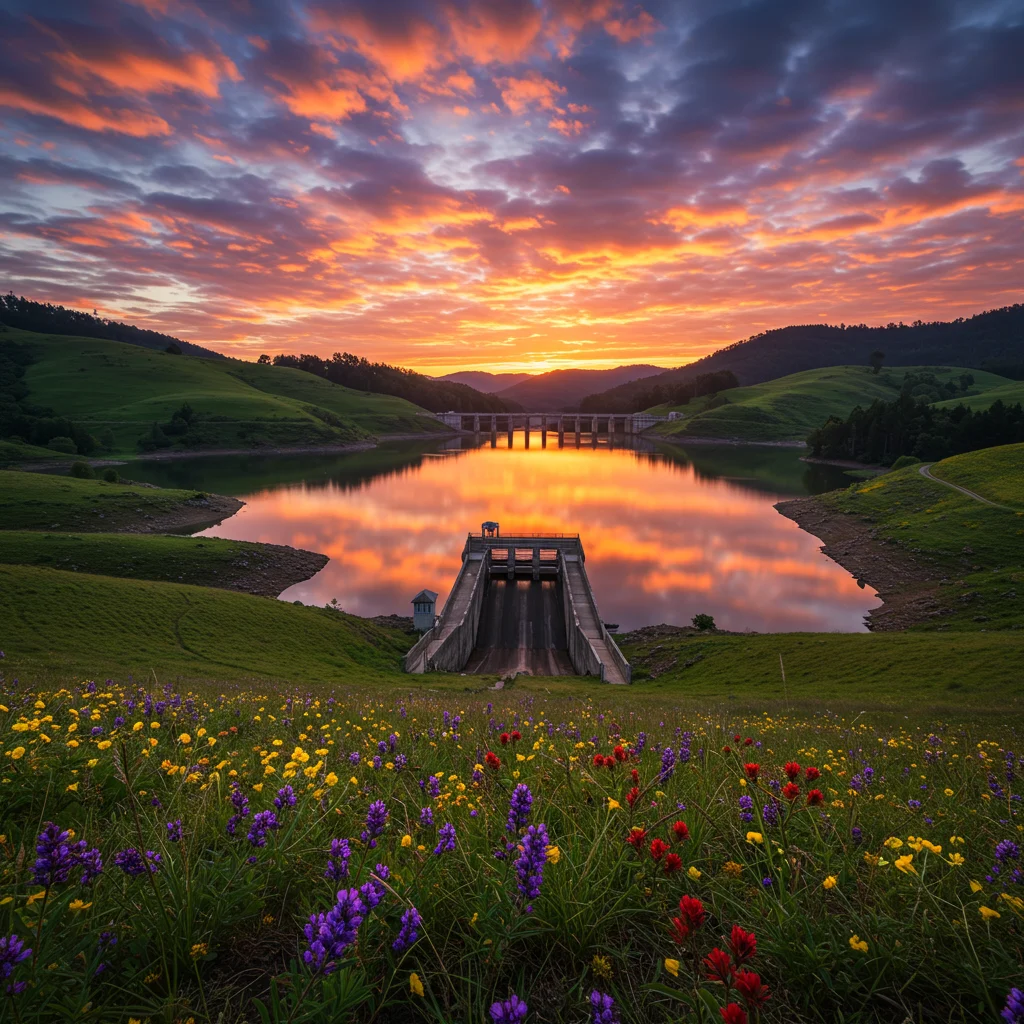
While the dam remains relatively unknown compared to other major attractions, its charm lies in this very solitude. Here, you can hear the rustle of leaves in the breeze, watch the sun glint off the water, and breathe in the fresh, earthy aroma of the woods. Whether you are passionate about photography, hiking, or simply soaking in a peaceful landscape, Wilmore Dam provides a setting that inspires and rejuvenates.
Where Is Wilmore Dam Located?
Wilmore Dam is situated in Cambria County, Pennsylvania, not far from the small town of Wilmore. This location places it within convenient driving distance of Johnstown and Ebensburg, yet far enough from urban centers to offer a genuine sense of seclusion. Its position at the edge of the Allegheny Plateau means visitors are treated to rolling hills and dense woodland that surround the reservoir.

Accessibility is a key feature—Wilmore Dam is reachable via well-maintained roads, making it a practical choice for both spontaneous day trips and planned getaways. The proximity to local communities ensures that basic amenities and supplies are never too far away.
A Brief History of Wilmore Dam
The origin of Wilmore Dam is deeply intertwined with the development of the region. It was initially constructed to address water management needs and has since evolved into a cherished natural area. Over the decades, the dam has witnessed shifts in local industry, recreational trends, and conservation efforts.
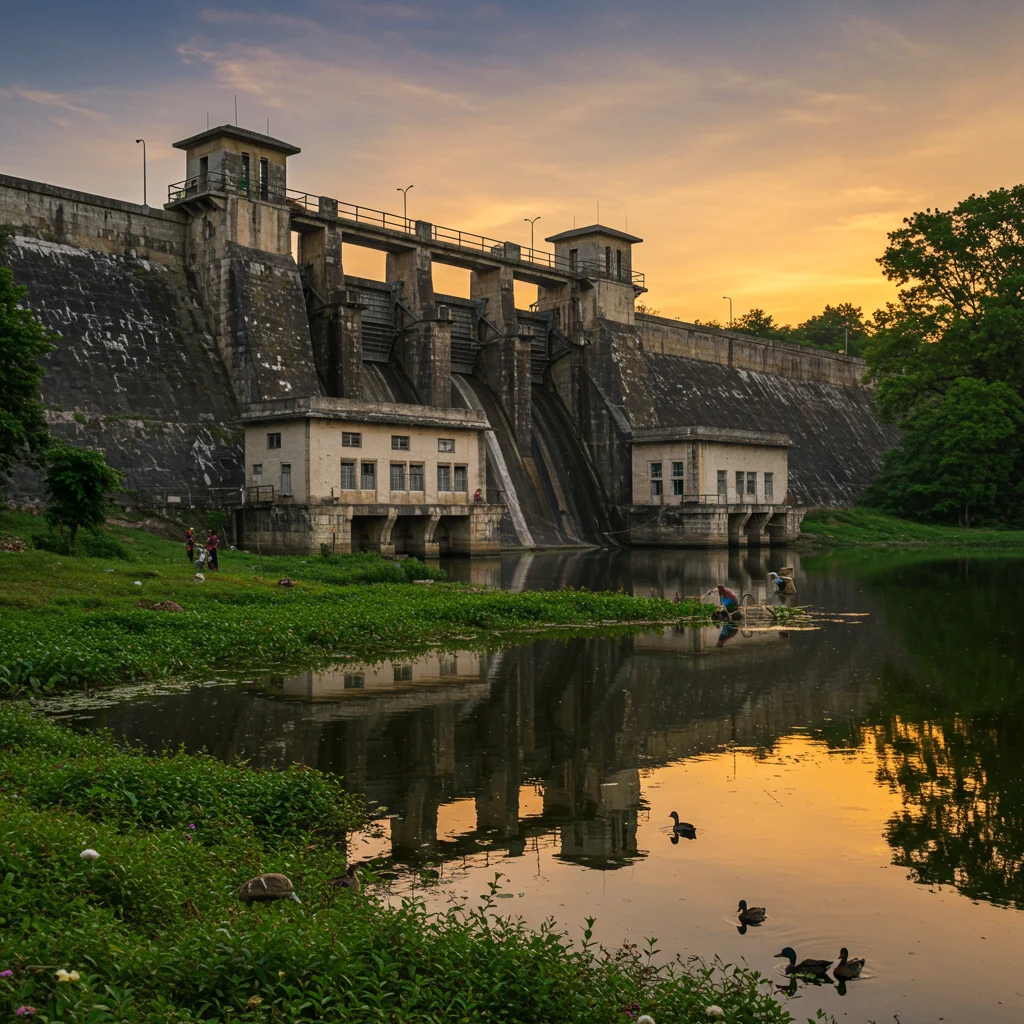
Understanding its history provides valuable context for appreciating its current role as a haven for nature lovers and families.
How Was Wilmore Dam Constructed?
Wilmore Dam was built in the early 20th century as a part of regional efforts to control flooding and ensure a steady water supply for the surrounding communities. The construction involved significant earthmoving, with local workers using the tools and technology available at the time to create a durable embankment and spillway system.
The dam’s structure reflects both the engineering standards of its era and the careful attention paid to blending the reservoir into its natural environment. Over time, native vegetation reclaimed much of the construction area, softening the lines between the built and natural landscapes.
Wilmore Dam’s Role in Local History
Throughout its existence, Wilmore Dam has played a vital part in the community’s daily life. It served as a reliable water source, supported local agriculture, and provided a recreational outlet for generations. The dam’s presence also influenced the development of nearby towns, shaping patterns of settlement and land use.
Today, it stands as both a piece of living history and a testament to the enduring connection between people and the land.
Why Is Wilmore Dam Considered a Hidden Spot?
Despite its beauty and accessibility, Wilmore Dam remains largely overlooked by mainstream tourism. Its understated reputation is partly due to its location off the beaten path and the absence of large-scale commercial development. This allows the dam to maintain its natural charm and quiet atmosphere.
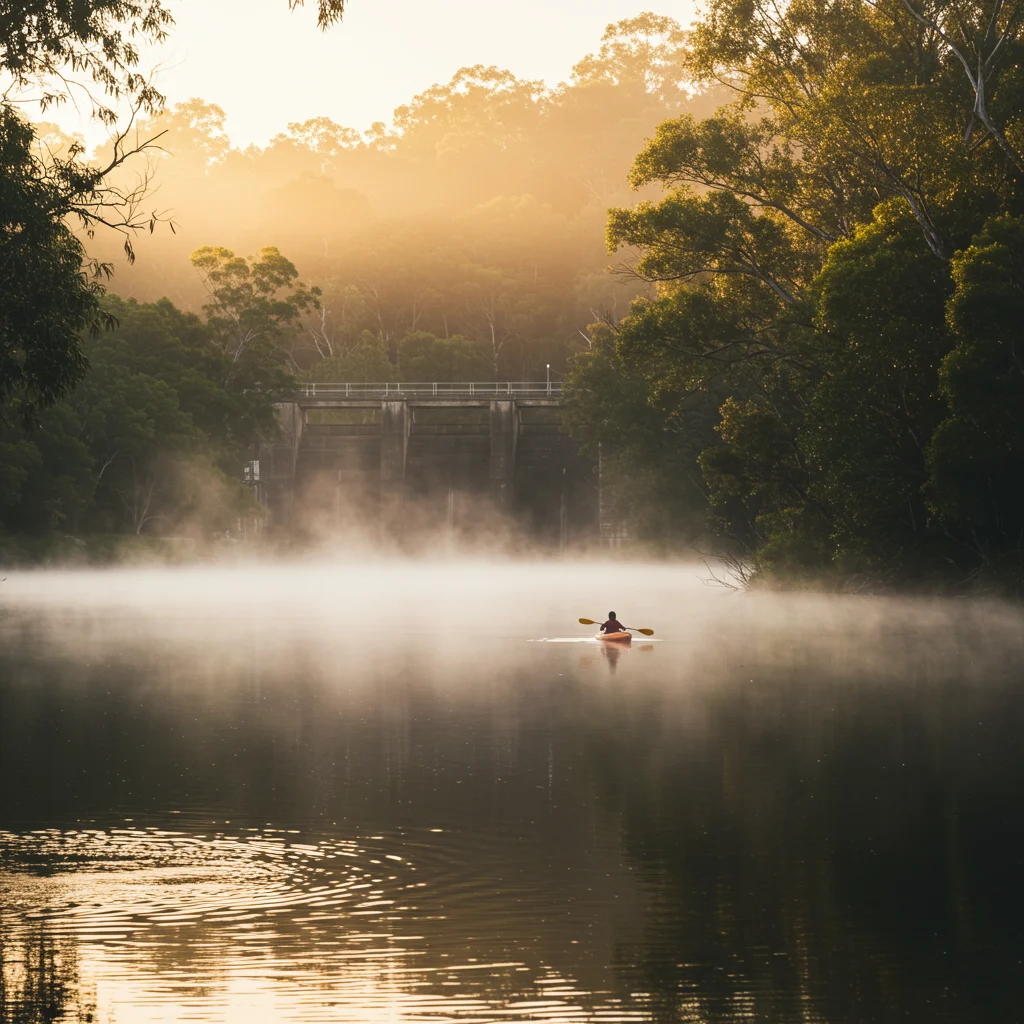
For those who seek out lesser-known destinations, Wilmore Dam offers a sense of discovery. Visitors can enjoy uncrowded trails, peaceful waters, and the pleasure of solitude—qualities that are increasingly rare in today’s travel landscape. If you’re interested in finding more places like this, you may appreciate our post on hidden gems in Morrisville, PA, which shares a similar spirit of quiet exploration.
How to Get to Wilmore Dam
Reaching Wilmore Dam is straightforward, but a little planning ensures a smooth journey. Whether you are driving or relying on public transportation, there are several options to suit different preferences and needs.
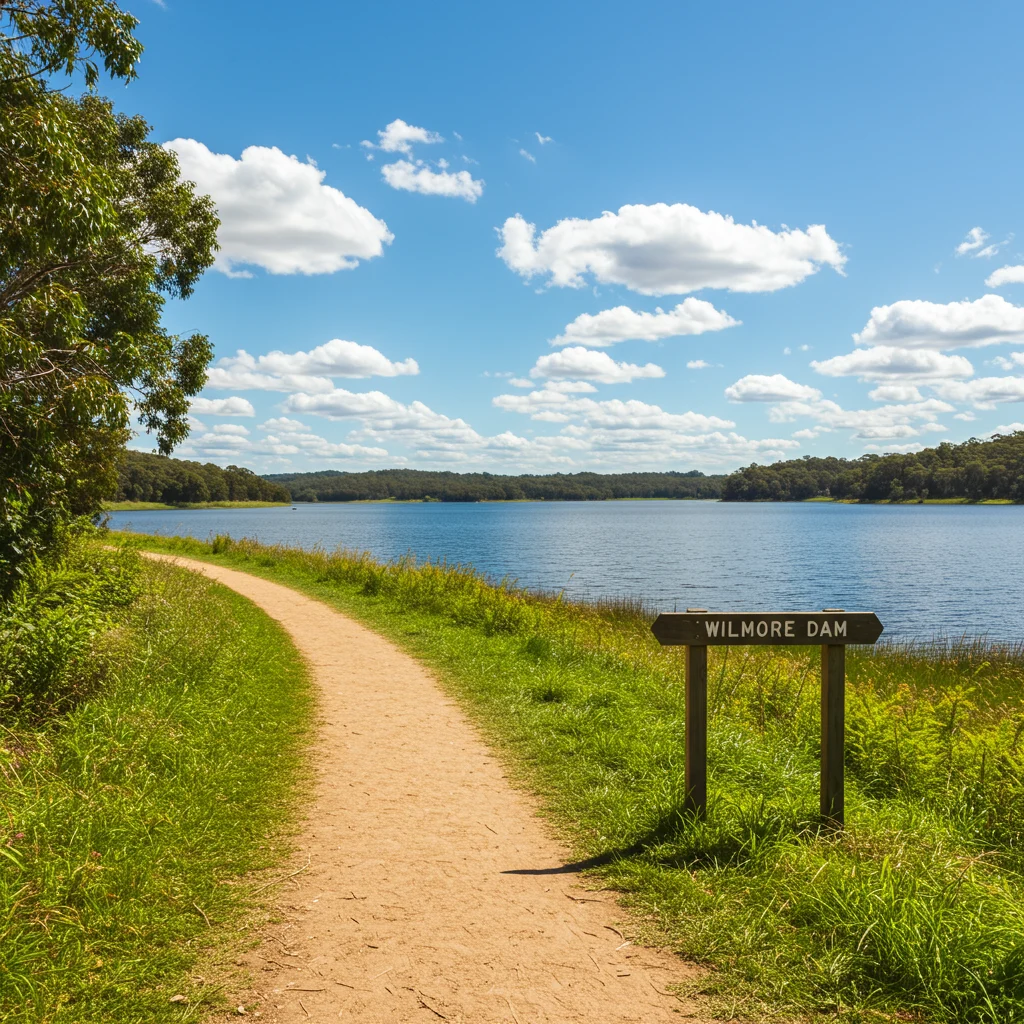
Most visitors arrive by car, taking advantage of the direct routes and scenic byways that traverse the Pennsylvania countryside. For those without private transportation, limited public transit options are available, though these may require some coordination.
Driving Directions and Parking Options
From Johnstown, head northeast on Route 271, then follow local signs to Wilmore. The roads are well-marked, and GPS navigation is reliable in this area. Upon arrival, you’ll find designated parking areas near the dam, with ample space for both cars and larger vehicles.
Parking is typically free, but it is wise to arrive early during peak seasons to secure a convenient spot. The parking lots are located close to the main trails and picnic areas, minimizing the need for long walks with gear or supplies.
Public Transportation and Accessibility
Public transportation options to Wilmore Dam are limited but not impossible. Regional bus services connect major towns in Cambria County, with stops in Wilmore or nearby communities. From there, a short taxi ride or rideshare can bring you directly to the dam.
Accessibility for individuals with mobility challenges is steadily improving. Paved walkways and accessible restrooms have been added in recent years, making it easier for everyone to enjoy the dam’s natural beauty.
Best Times to Visit Wilmore Dam
The changing seasons transform Wilmore Dam into a series of distinct landscapes, each with its own appeal. Timing your visit can greatly enhance your experience, depending on your interests and preferred activities.
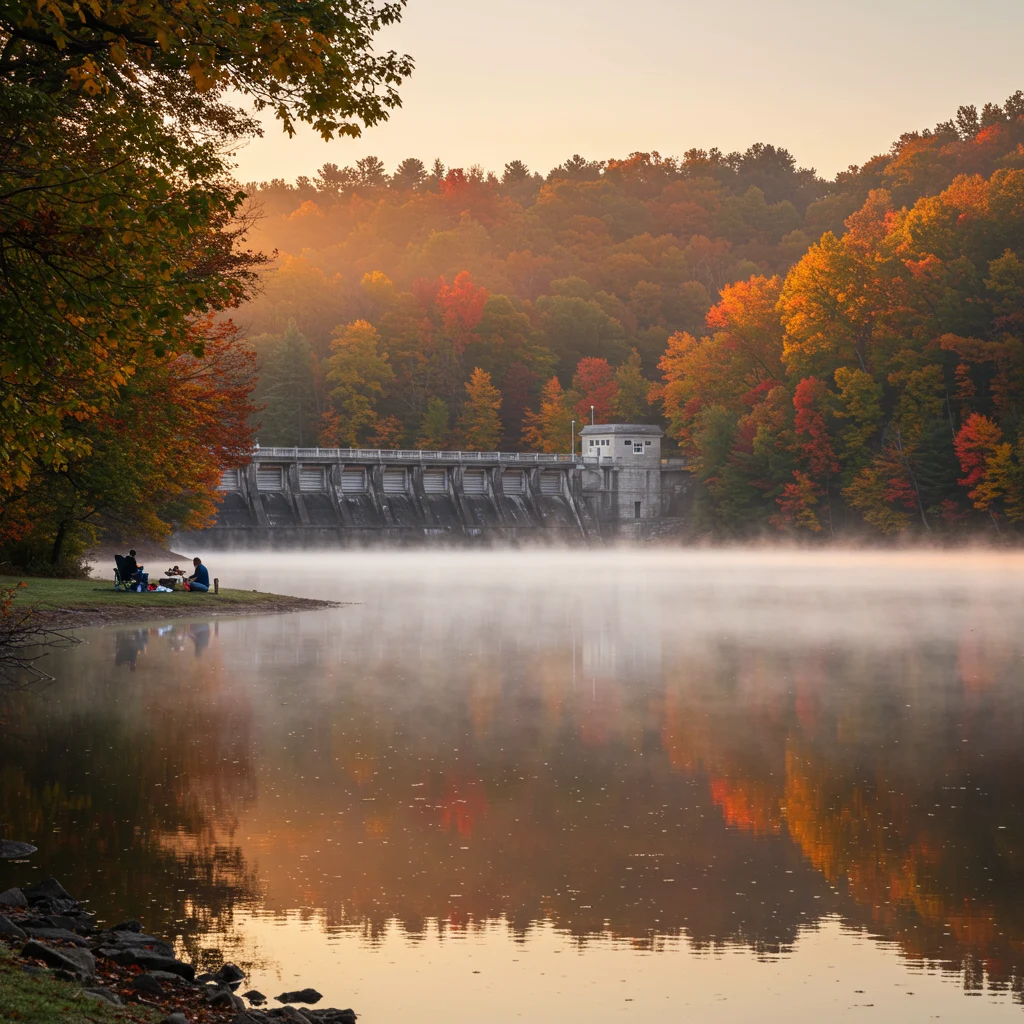
Spring brings a burst of new life, summer offers vibrant outdoor adventures, autumn dazzles with color, and winter creates a peaceful, frosted haven.
Seasonal Highlights at Wilmore Dam
Each season at Wilmore Dam has something special to offer, from blooming wildflowers to snow-dusted evergreens. Understanding these highlights can help you plan the perfect visit.
What Can You Expect in Spring?
As the snow melts and temperatures rise, Wilmore Dam comes alive with the sights and sounds of renewal. Wildflowers bloom in the meadows, frogs croak near the water’s edge, and migratory birds return to nest. The air is crisp and fresh, carrying the scent of damp earth and new growth.
Spring is ideal for hiking, birdwatching, and photography, as the landscape is vibrant and uncrowded.
Summer Activities and Events
Summer at Wilmore Dam is defined by warm sunshine, lush greenery, and a bustling array of outdoor activities. The reservoir’s calm waters invite kayaking, canoeing, and fishing, while the trails are perfect for both leisurely walks and more ambitious hikes.
Seasonal events, such as guided nature walks and family-friendly festivals, bring the community together. The long days and clear skies provide ample opportunity for picnics and sunset photography.
Fall Foliage and Autumn Splendor
Autumn transforms the dam into a canvas of gold, red, and orange. Crisp air and gentle breezes make for comfortable hiking, while the reflection of colorful leaves on the water creates stunning photographic scenes. This is the most popular season for visitors seeking a peaceful retreat amidst breathtaking scenery.
Local trails are blanketed with fallen leaves, and the scent of woodsmoke from nearby campfires drifts through the air, adding to the ambiance.
Winter Scenery and Activities
Winter at Wilmore Dam is serene and magical. Snow blankets the landscape, muffling sound and creating a tranquil setting for walks, snowshoeing, or simply enjoying the stillness. The stark contrast of white snow against dark evergreens offers unique photographic opportunities.
While some activities are limited by the cold, the quiet beauty of the dam in winter is well worth experiencing for those who appreciate solitude and reflection.
Wilmore Dam’s Natural Beauty
The true allure of Wilmore Dam lies in its unspoiled natural beauty. Dense forests, open meadows, and the shimmering reservoir combine to create a landscape that appeals to the senses. The area is a haven for photographers, botanists, and anyone seeking a connection with the outdoors.
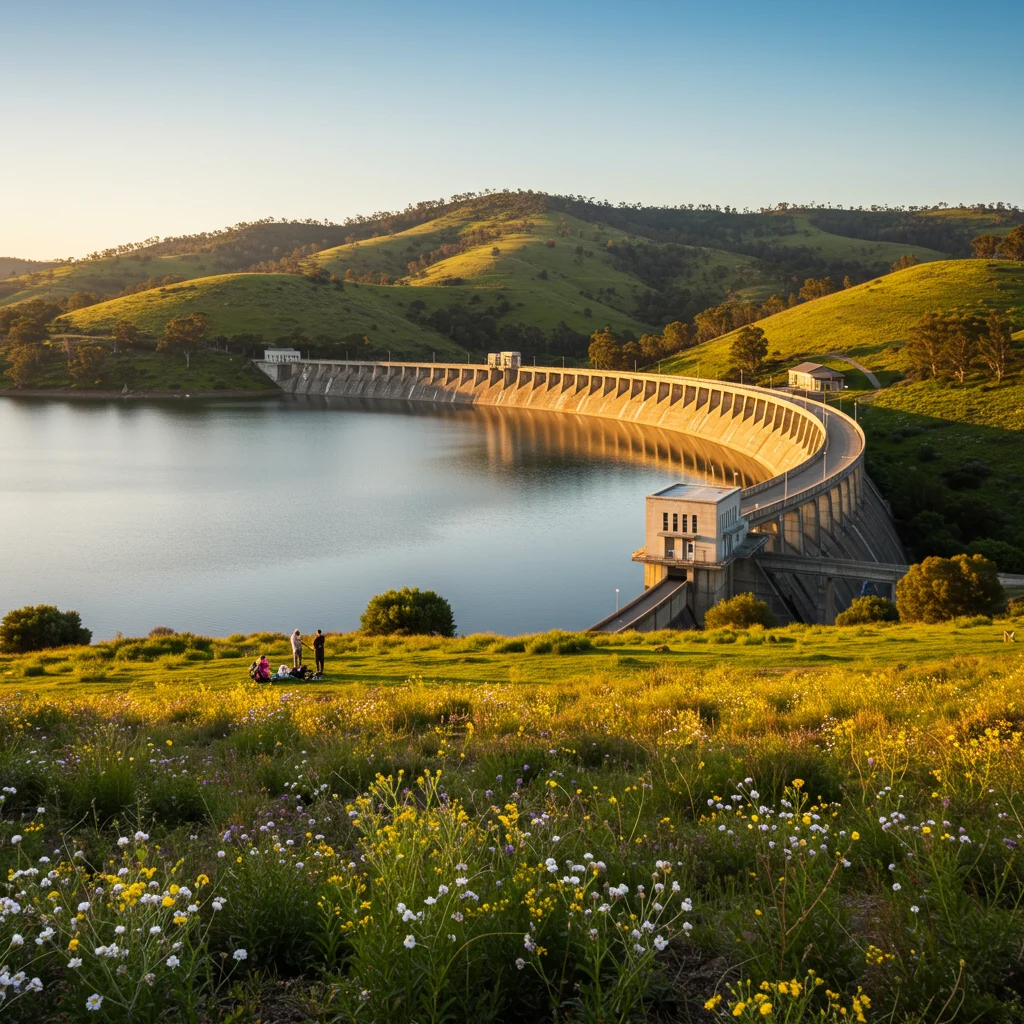
From the soft rustle of leaves in the wind to the play of sunlight on the water, every detail contributes to the dam’s peaceful atmosphere.
Scenic Views and Photography Spots
Several vantage points around Wilmore Dam offer panoramic views of the water and surrounding hills. Early morning and late afternoon provide the best light, casting long shadows and highlighting the textures of the landscape. Popular photography spots include the dam’s overlook, the main trailhead, and the northern shoreline.
For those seeking inspiration for their own outdoor adventures, our guide to hiking Las Tinajas Waterfall offers tips that apply to capturing natural beauty wherever you go.
Unique Flora Around Wilmore Dam
Botanical enthusiasts will appreciate the diversity of plant life at Wilmore Dam. Native wildflowers, ferns, and hardwood trees are abundant, creating a patchwork of textures and colors throughout the year. Spring and summer are especially rewarding for those interested in identifying rare or unusual species.
The presence of aquatic plants along the shoreline supports a healthy ecosystem and provides habitat for numerous insects and amphibians.
Wildlife You Can Spot at Wilmore Dam
Wilmore Dam supports a remarkable variety of wildlife, from songbirds and waterfowl to mammals and fish. Quiet observation often reveals deer grazing at dawn, turtles basking on sunlit rocks, and the occasional fox darting through the underbrush.
The area’s relative seclusion means that patient visitors are often rewarded with close encounters and memorable sightings.
Which Birds Are Commonly Seen?
Birdwatchers will find Wilmore Dam to be a rewarding destination. Commonly observed species include great blue herons, mallards, woodpeckers, and songbirds such as warblers and finches. The area is part of several migratory routes, so seasonal visitors can expect new arrivals throughout the year.
Bringing a pair of binoculars and a field guide can enhance your experience, allowing you to identify both resident and transient birds.
Mammals and Other Wildlife
In addition to birds, the dam is home to white-tailed deer, raccoons, squirrels, and the occasional beaver. Early morning and dusk are the best times for wildlife viewing, as many animals are most active during these periods.
Smaller creatures, such as chipmunks and rabbits, can often be seen darting across the trails or foraging near the water’s edge.
Aquatic Life in Wilmore Dam
The reservoir’s clean waters support a healthy population of fish and aquatic invertebrates. Anglers can expect to find bass, trout, and sunfish, while children enjoy searching for frogs and minnows along the shoreline.
The presence of aquatic plants and submerged logs creates a rich habitat, supporting both recreational fishing and the overall health of the ecosystem.
Top Outdoor Activities at Wilmore Dam
Wilmore Dam is a playground for outdoor enthusiasts, offering a range of activities to suit all interests and abilities. From hiking and fishing to kayaking and birdwatching, there is something for everyone to enjoy amidst the peaceful setting.

Facilities such as picnic tables and restrooms make it easy to spend a full day exploring the area.
Hiking Trails: Routes and Tips
The trail network at Wilmore Dam caters to all experience levels. Well-marked paths wind through the forest, offering both short loops and longer, more challenging routes. Trail surfaces range from packed dirt to gravel, and many offer scenic overlooks or access to quiet coves along the reservoir.
Sturdy shoes, water, and a trail map are recommended for all hikers. As experts often say:
“Take only memories, leave only footprints. The greatest reward of nature is the peace it brings to those who respect it.”
Best Trails for Beginners
For those new to hiking or visiting with children, the Lake Loop Trail provides a gentle introduction to the area’s scenery. The path circles the reservoir, offering level terrain and frequent benches for rest. Interpretive signs along the route highlight local flora and fauna, making it both educational and enjoyable.
Challenging Trails for Adventurers
More experienced hikers can tackle the Ridge Trail, which ascends through dense forest to a high point overlooking the dam. The climb is rewarded with sweeping views and the chance to spot wildlife in less-traveled areas. Good fitness and proper footwear are essential for these more demanding routes.
Fishing at Wilmore Dam
Fishing is a favorite pastime at Wilmore Dam, with opportunities for both shore and boat anglers. The reservoir is stocked regularly, and the natural setting provides a peaceful backdrop for a day spent by the water.
Before casting a line, be sure to familiarize yourself with local regulations and obtain the necessary permits.
What Fish Species Are Found Here?
Common catches include largemouth bass, rainbow trout, bluegill, and catfish. Early morning and evening are typically the most productive times for fishing, as fish are more active during these cooler hours.
Children and beginners often have success near the boat launch and picnic areas, where the water is shallow and easy to access.
Fishing Regulations and Permits
All anglers must possess a valid Pennsylvania fishing license, which can be purchased online or at local retailers. Special regulations may apply to certain sections of the reservoir, so it’s important to consult posted signs or local authorities before fishing.
Catch-and-release practices are encouraged to help maintain the health of fish populations for future visitors.
Kayaking and Canoeing Opportunities
The calm waters of Wilmore Dam are perfect for kayaking and canoeing. Launch areas are easily accessible, and the reservoir’s sheltered coves invite quiet exploration. Paddlers can enjoy close-up views of wildlife, wildflowers, and scenic rock formations along the shoreline.
If you’re seeking more aquatic adventure, our readers have also enjoyed the thrill of El Yunque’s rainforest waterslides, which offer a different perspective on water-based recreation.
Birdwatching Hotspots
Several areas around the dam are recognized as birdwatching hotspots. The wetland at the reservoir’s southern end attracts herons and ducks, while the forested trails offer sightings of woodpeckers and warblers. Early morning is the best time for birdwatching, as birds are most active and the lighting is ideal for photography.
Picnicking Areas and Facilities
Well-maintained picnic areas are scattered throughout the park, many with tables, grills, and shade trees. These spots provide a comfortable setting for family gatherings or a quiet lunch with friends. Restrooms and trash receptacles are conveniently located nearby, helping to keep the area clean and pleasant for all.
Photography Tips for Capturing Wilmore Dam
Wilmore Dam’s diverse landscapes and changing light conditions make it a rewarding subject for photographers. Whether you are an amateur or a seasoned professional, a bit of planning can help you capture the dam’s beauty to its fullest.

Best Times of Day for Photos
Golden hour—shortly after sunrise and before sunset—offers the most flattering light for landscape photography. The soft, warm tones enhance the colors of the water, trees, and sky, while long shadows add depth and interest to your images.
Mist rising from the reservoir on cool mornings creates a dreamy effect, while clear afternoons are perfect for capturing vibrant reflections.
Recommended Equipment for Nature Photography
A DSLR or mirrorless camera with a versatile zoom lens is ideal for most scenes at Wilmore Dam. Tripods are useful for low-light conditions, especially during sunrise or sunset. Don’t forget extra batteries and memory cards, as you’ll likely find yourself taking more photos than expected.
A polarizing filter can help reduce glare from the water and bring out the rich colors of the landscape.
Safety Tips for Visitors
While Wilmore Dam is a safe destination, it’s wise to be prepared for changing conditions and potential hazards. Respect for nature and awareness of your surroundings will help ensure a pleasant visit.

Weather Considerations and Preparedness
Weather in the region can shift quickly, especially during spring and fall. Check forecasts before your trip and bring appropriate clothing, including rain gear and extra layers. Sunscreen and insect repellent are recommended in the warmer months.
If storms are predicted, avoid water activities and seek shelter until conditions improve.
Wildlife Safety Guidelines
While encounters with wildlife are a highlight for many visitors, it’s important to observe animals from a distance and avoid feeding them. This keeps both you and the wildlife safe, and helps preserve natural behaviors.
Be alert for ticks in grassy areas and use appropriate precautions to prevent bites.
What Should You Pack for a Visit?
Packing the right gear can make your trip to Wilmore Dam more comfortable and enjoyable. Consider your planned activities, the weather, and the needs of your group when assembling your supplies.

Essential Gear Checklist
- Comfortable walking shoes or hiking boots
- Weather-appropriate clothing and rain jacket
- Reusable water bottle and snacks
- Camera or binoculars
- First aid kit and insect repellent
- Map or GPS device
- Fishing gear and permits (if applicable)
Food and Water Recommendations
Bring plenty of water, especially during warm weather or if you plan to hike. Pack easy-to-carry snacks or a picnic lunch to enjoy at one of the designated areas. Remember to pack out all trash and food waste to help keep Wilmore Dam clean and beautiful.
Is Wilmore Dam Family-Friendly?
Wilmore Dam is well-suited to family visits, offering safe, accessible spaces and a variety of activities for all ages. The peaceful environment and abundance of nature make it an excellent choice for creating lasting memories together.

Kid-Friendly Activities and Areas
Children will enjoy the easy walking trails, fishing spots, and open meadows for games and exploration. Interpretive signage and nature programs provide educational opportunities that engage young minds while fostering a love of the outdoors.
Accessibility for Seniors and People with Disabilities
Many of the main paths and facilities at Wilmore Dam are designed with accessibility in mind. Paved walkways, accessible restrooms, and conveniently located benches ensure that seniors and individuals with mobility challenges can fully enjoy the area.
Wilmore Dam for Solo Travelers and Groups
Whether visiting alone or with a group, Wilmore Dam offers a welcoming environment for all. The variety of activities and settings allows for both personal reflection and shared experiences.

Group Activities and Team-Building Ideas
Groups can take advantage of the picnic areas for gatherings, organize friendly fishing competitions, or participate in guided nature walks. The open spaces and variety of trails make it easy to tailor activities to the interests and abilities of everyone involved.
Solo Exploration Tips
Solo travelers will appreciate the quiet solitude and safety of Wilmore Dam. Let someone know your plans, carry a charged phone, and consider visiting during daylight hours for maximum comfort. The dam’s peaceful setting is perfect for introspection, journaling, or simply enjoying the rhythms of nature.
For more inspiration on exploring nature solo, consider our post on guided exploration of Manuel Antonio Park, which offers tips that apply to destinations around the world.
Camping Near Wilmore Dam
Camping is a popular way to extend your visit to Wilmore Dam and immerse yourself in the natural surroundings. Several campgrounds nearby cater to different preferences, from rustic tent sites to more developed facilities.
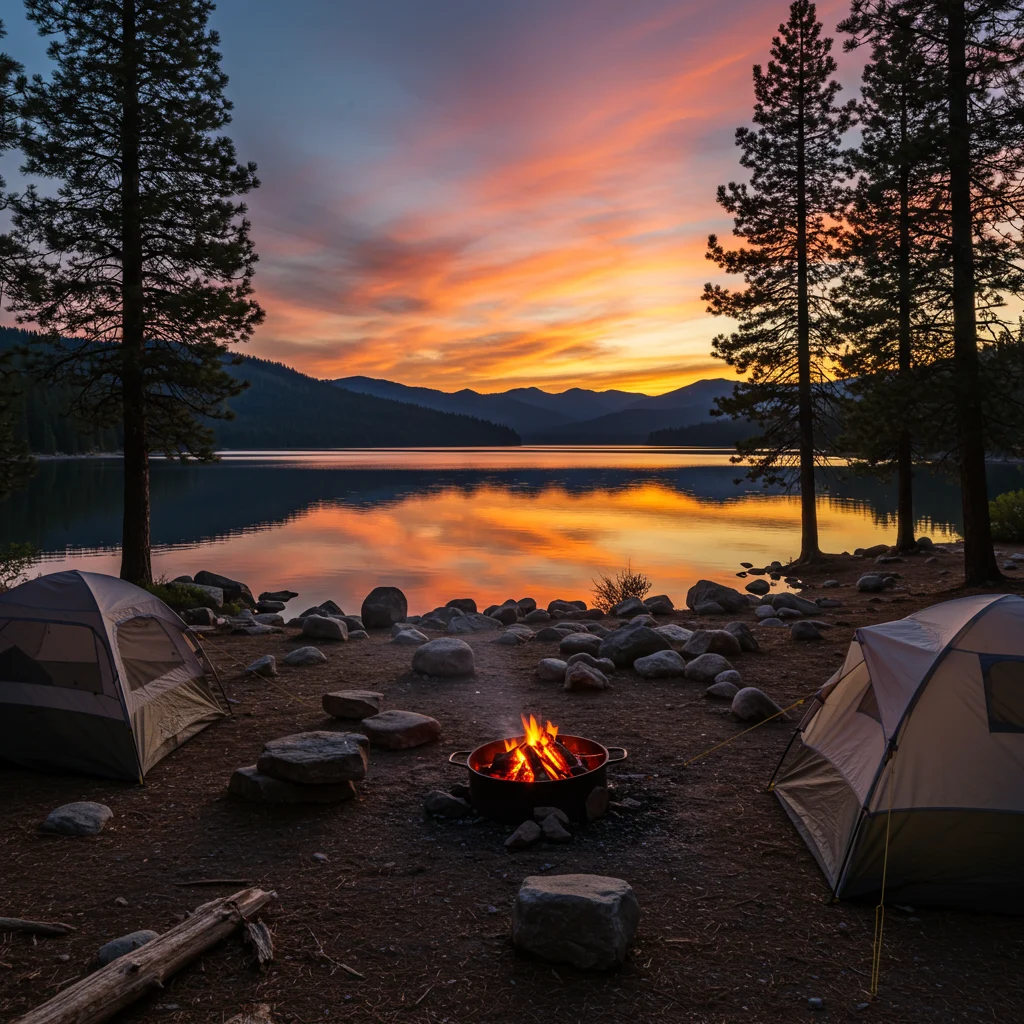
Nearby Campgrounds and Amenities
Campgrounds close to Wilmore Dam offer a range of amenities, including fire rings, picnic tables, restrooms, and potable water. Some sites accommodate RVs, while others are best suited for tent camping. Reservations are recommended during peak seasons.
Rules and Regulations for Campers
Campers are expected to follow standard outdoor ethics, including leaving no trace, respecting quiet hours, and properly storing food to avoid attracting wildlife. Fires are permitted only in designated areas, and firewood should be sourced locally to prevent the spread of invasive species.
Local Events and Festivals Around Wilmore Dam
The community surrounding Wilmore Dam hosts a variety of events throughout the year, celebrating the area’s natural beauty and fostering a spirit of stewardship.

Annual Nature Walks and Guided Tours
Seasonal nature walks and guided tours offer opportunities to learn about local ecology, history, and conservation efforts. Knowledgeable guides share insights into the dam’s flora, fauna, and unique features, enriching your visit.
Community Events and Volunteer Opportunities
Volunteer days, clean-up events, and family festivals bring together residents and visitors alike. Participating in these activities is a great way to connect with the community and contribute to the preservation of Wilmore Dam for future generations.
Wilmore Dam in Local Culture and Folklore
Beyond its physical presence, Wilmore Dam holds a special place in local culture. Stories, legends, and artistic expressions reflect the deep connection between the dam and the people who cherish it.
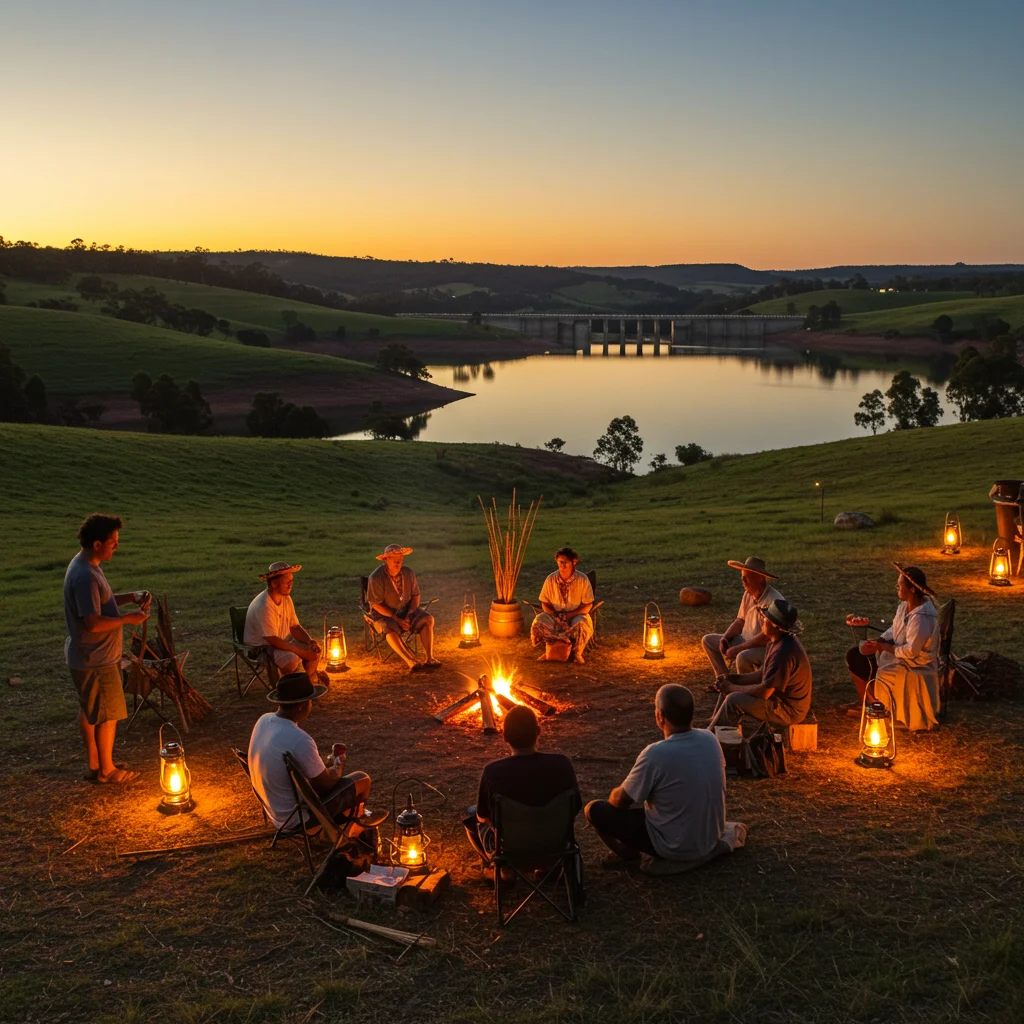
Legends and Stories from the Area
Local folklore includes tales of mysterious creatures, lost treasures, and ghostly apparitions said to haunt the dam at night. These stories are often shared around campfires or during community gatherings, adding a layer of intrigue to the landscape.
Art, Music, and Literature Inspired by Wilmore Dam
Artists, musicians, and writers have long drawn inspiration from Wilmore Dam’s tranquil setting. Paintings, poems, and songs capture the mood of the reservoir, celebrating its beauty and the sense of peace it imparts.
Environmental Conservation at Wilmore Dam
Ongoing conservation efforts at Wilmore Dam are crucial to maintaining its ecological health and recreational value. Local organizations and volunteers work tirelessly to protect the area’s natural resources.
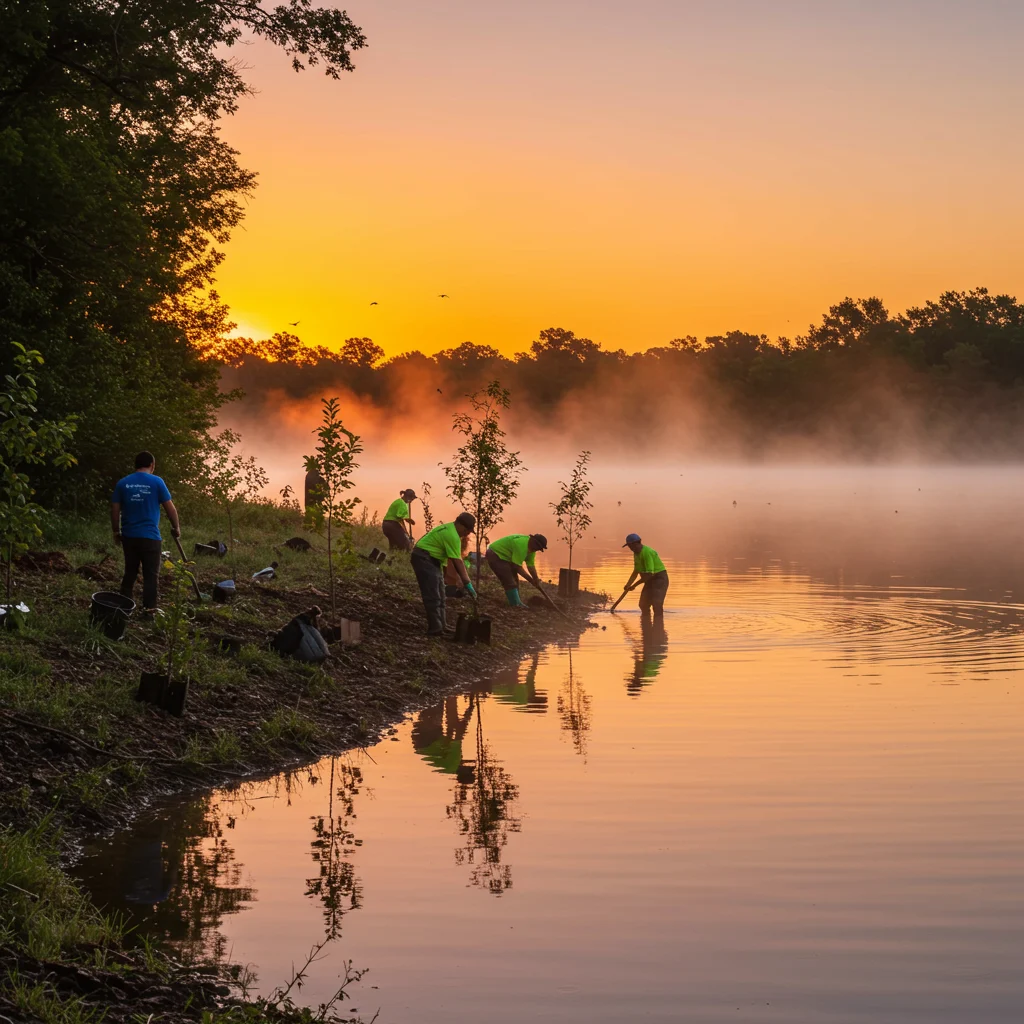
Ongoing Conservation Projects
Current projects include habitat restoration, invasive species removal, and water quality monitoring. Educational programs raise awareness about the importance of preserving the dam’s unique ecosystems.
How Can Visitors Help Preserve Wilmore Dam?
Visitors play a key role in conservation by following guidelines, participating in clean-up events, and making responsible choices during their stay. Simple actions, such as packing out trash, staying on designated trails, and respecting wildlife, make a significant difference.
Wilmore Dam in Comparison to Other Nature Spots
While Wilmore Dam is a standout destination in its own right, the surrounding region offers several other attractions worth considering. Comparing these options can help you plan a varied and fulfilling trip.

Nearby Attractions Worth Visiting
Other local highlights include state parks, historic sites, and charming small towns. For those interested in discovering even more off-the-beaten-path locations, our piece on hidden gems in Morrisville, PA provides additional ideas for your itinerary.
Why Choose Wilmore Dam Over Other Destinations?
Wilmore Dam’s unique blend of tranquility, accessibility, and natural diversity sets it apart. Unlike more crowded parks, visitors here can enjoy a genuine sense of peace and personal connection with the landscape. The dam’s rich history and active conservation efforts further enhance its appeal for responsible travelers.
Planning Your Visit: Practical Information
A bit of practical knowledge goes a long way toward making your trip to Wilmore Dam smooth and enjoyable. Here are the essentials you need to know before heading out.

Entry Fees and Opening Hours
Wilmore Dam is generally open year-round, from sunrise to sunset. There is no entry fee for day use, but certain amenities or activities may require a small charge. Check local websites or visitor centers for up-to-date information before your trip.
Facilities: Restrooms, Picnic Tables, and More
Basic facilities are available, including restrooms, picnic tables, and trash receptacles. Some areas also offer covered shelters, making it possible to enjoy the outdoors even in less-than-ideal weather.
Pet Policies and Guidelines
Leashed pets are welcome on most trails and in picnic areas. Owners are responsible for cleaning up after their animals and keeping pets under control at all times to protect wildlife and other visitors.
Where to Eat Near Wilmore Dam
After a day of exploring, you’ll find several dining options in the surrounding towns. From casual cafés to family-friendly restaurants, there is something to suit every taste and budget.

Best Local Restaurants and Cafés
Nearby communities such as Wilmore and Ebensburg offer a range of eateries serving classic American fare, homemade baked goods, and regional specialties. Friendly service and a welcoming atmosphere are hallmarks of these small-town establishments.
Picnic Spots with Great Views
Many visitors prefer to bring their own meals and dine al fresco at one of the dam’s scenic picnic spots. Tables are located near the water and along popular trails, providing lovely views and a peaceful setting for a leisurely lunch.
Where to Stay: Accommodations Near Wilmore Dam
Whether you prefer a cozy inn, a modern hotel, or a rustic cabin, the area around Wilmore Dam offers a range of accommodations to suit different preferences.
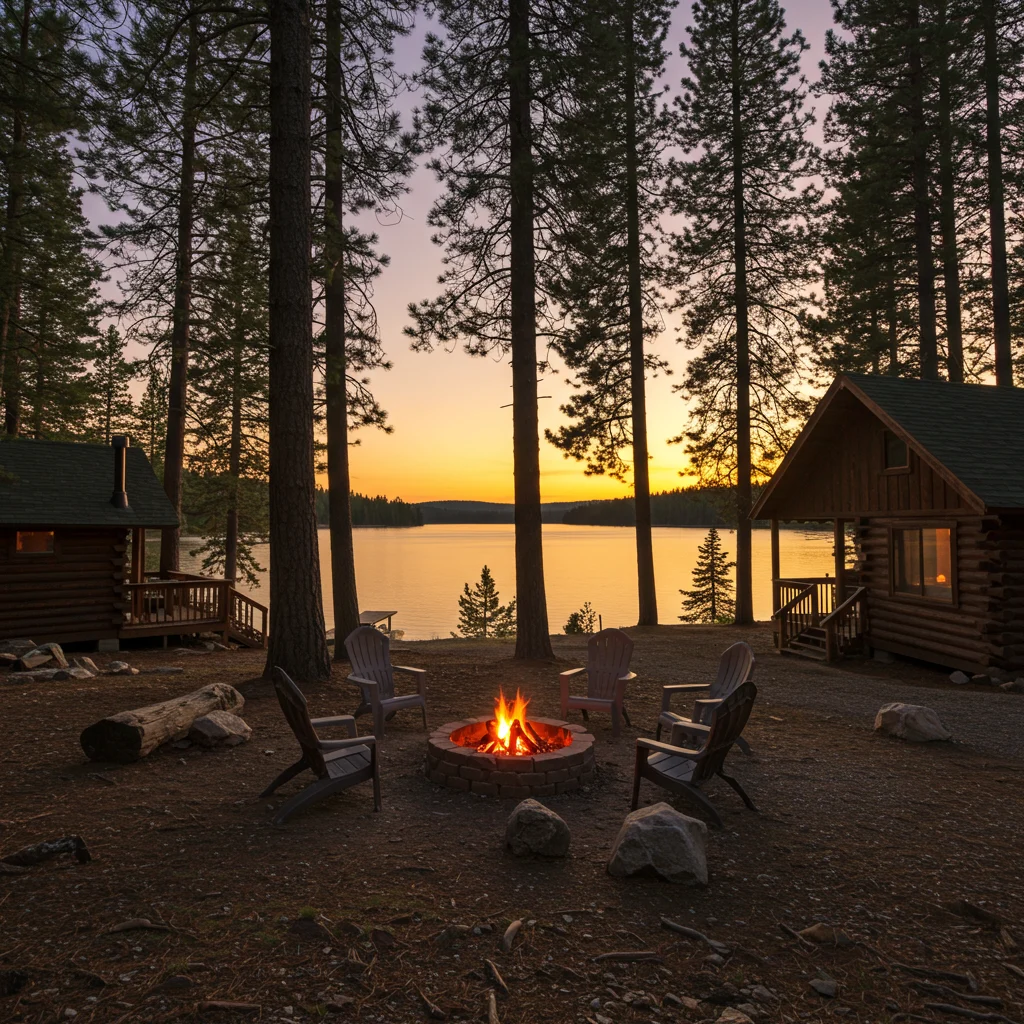
Hotels and Inns
Several hotels and inns are located within a short drive of Wilmore Dam. These options provide comfortable lodging and convenient access to local attractions, making them a practical choice for overnight visitors.
Cabins and Vacation Rentals
For a more private or immersive experience, consider renting a cabin or vacation home near the dam. Many properties feature amenities such as fire pits, outdoor seating, and direct access to hiking trails.
Wilmore Dam for Nature Photography Enthusiasts
Photography enthusiasts will find Wilmore Dam to be a treasure trove of subjects and scenes. The area’s natural diversity and changing light conditions make it a favorite among local and visiting photographers alike.
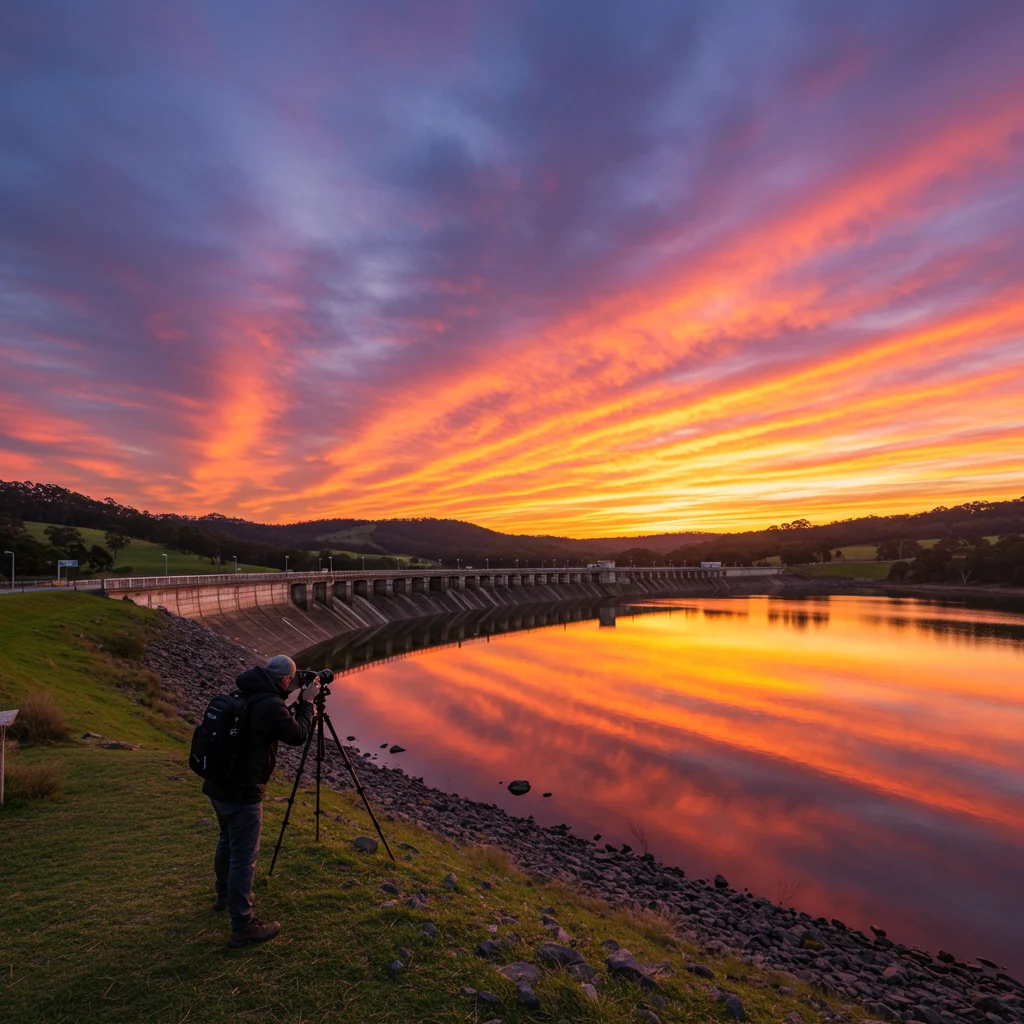
Photo Contests and Community Galleries
Occasionally, local organizations host photo contests or community galleries showcasing images captured at Wilmore Dam. These events offer a platform for sharing your work and connecting with fellow nature lovers.
Tips for Ethical Wildlife Photography
When photographing wildlife, maintain a respectful distance and avoid disturbing animals in their natural habitat. Use a telephoto lens to capture close-up shots without causing stress. Refrain from using flash, and always prioritize the well-being of your subjects over getting the perfect shot.
Frequently Asked Questions About Wilmore Dam
To help you plan your visit, here are answers to some common questions about Wilmore Dam and its facilities.
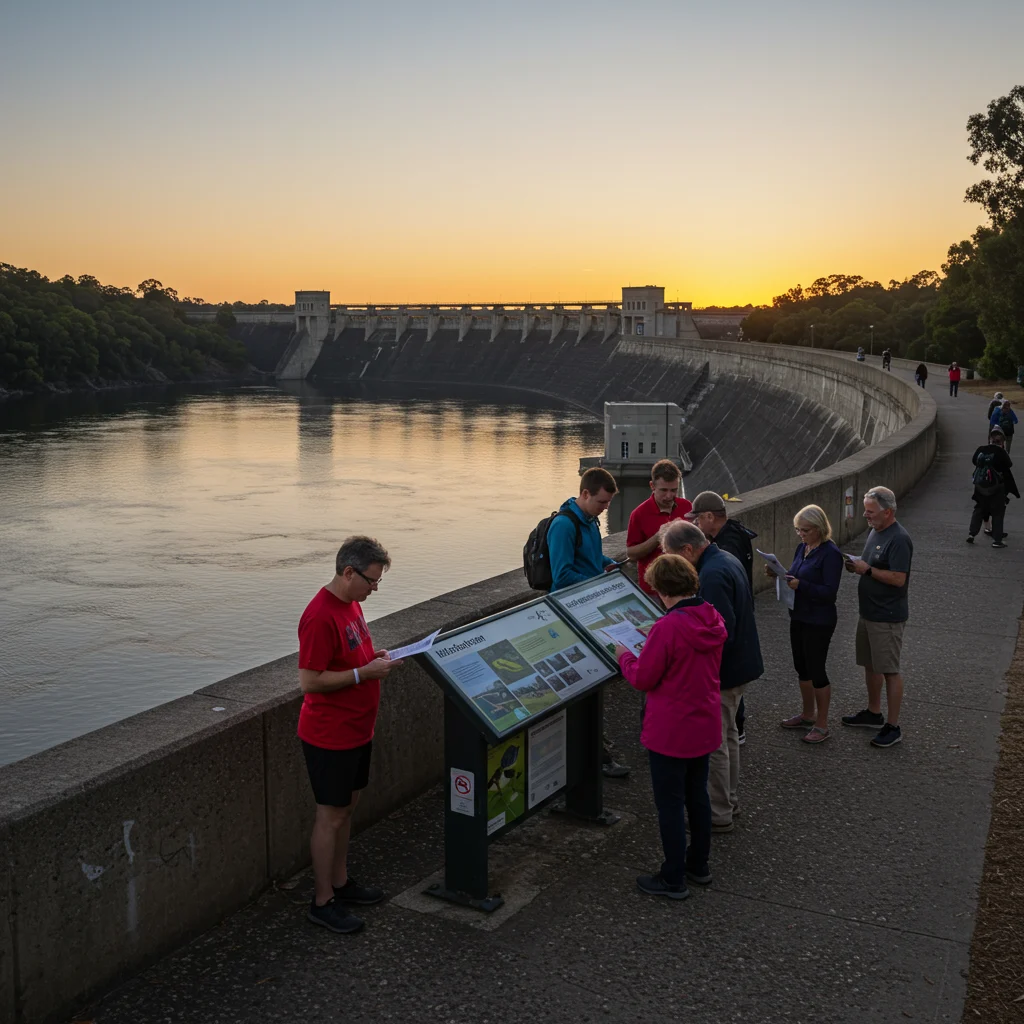
Is Swimming Allowed at Wilmore Dam?
Swimming is generally not permitted at Wilmore Dam due to safety concerns and water quality regulations. Visitors are encouraged to enjoy other water-based activities such as kayaking, canoeing, or fishing.
Are Dogs Permitted at the Dam?
Yes, dogs are welcome at Wilmore Dam as long as they are kept on a leash and owners clean up after them. Certain areas may have additional restrictions, so check posted signs during your visit.
What Are the Most Popular Activities?
Fishing, hiking, picnicking, and birdwatching are among the most popular activities at Wilmore Dam. The peaceful setting and variety of trails appeal to nature lovers of all ages and interests.
Insider Tips for a Memorable Visit
Local nature lovers and frequent visitors offer valuable insights for making the most of your time at Wilmore Dam. These insider tips can help you find special moments and unique experiences.

Hidden Gems and Secret Spots
Venture off the main trails to find quiet coves, secluded fishing spots, and lesser-known overlooks with breathtaking views. Early mornings and weekdays are typically the quietest times to visit, offering the best chance for solitude.
Local Recommendations from Nature Lovers
Regular visitors recommend bringing a journal or sketchbook to capture your impressions, as the dam’s tranquil setting often inspires creativity. Participating in a guided nature walk can also deepen your appreciation for the area’s unique features. For more ideas on connecting with nature and finding adventure, our readers have found our tips for hiking Las Tinajas Waterfall to be helpful, as many concepts apply here as well.
How to Book on Viator
If you are looking to plan your trip to Wilmore Dam with the convenience of expert guidance, Viator offers a variety of tours and activities. Their platform allows you to reserve spots for guided walks, fishing excursions, and nature tours well in advance, ensuring a seamless experience.

To book activities or find tours tailored to your interests, simply visit their website, search for Wilmore Dam or the surrounding region, and select the options that best fit your itinerary. Viator’s user-friendly interface and detailed descriptions make it easy to customize your adventure to suit your needs.
Conclusion: Why Wilmore Dam Should Be on Your Bucket List
In summary, Wilmore Dam stands out as a peaceful retreat for those who value nature, history, and authentic outdoor experiences. Its scenic landscapes, diverse activities, and welcoming atmosphere make it suitable for families, solo travelers, and groups alike. Whether you are seeking a quiet place to reflect or an active day immersed in the outdoors, Wilmore Dam delivers memories that linger long after your visit.

For more travel inspiration and trusted advice, be sure to visit Izase, where we share expert tips and in-depth guides to help you make the most of your next adventure.
Disclaimer: This information is accurate to the best of our knowledge; however, there may be changes or mistakes. Please verify exact details on the Viator booking page.

